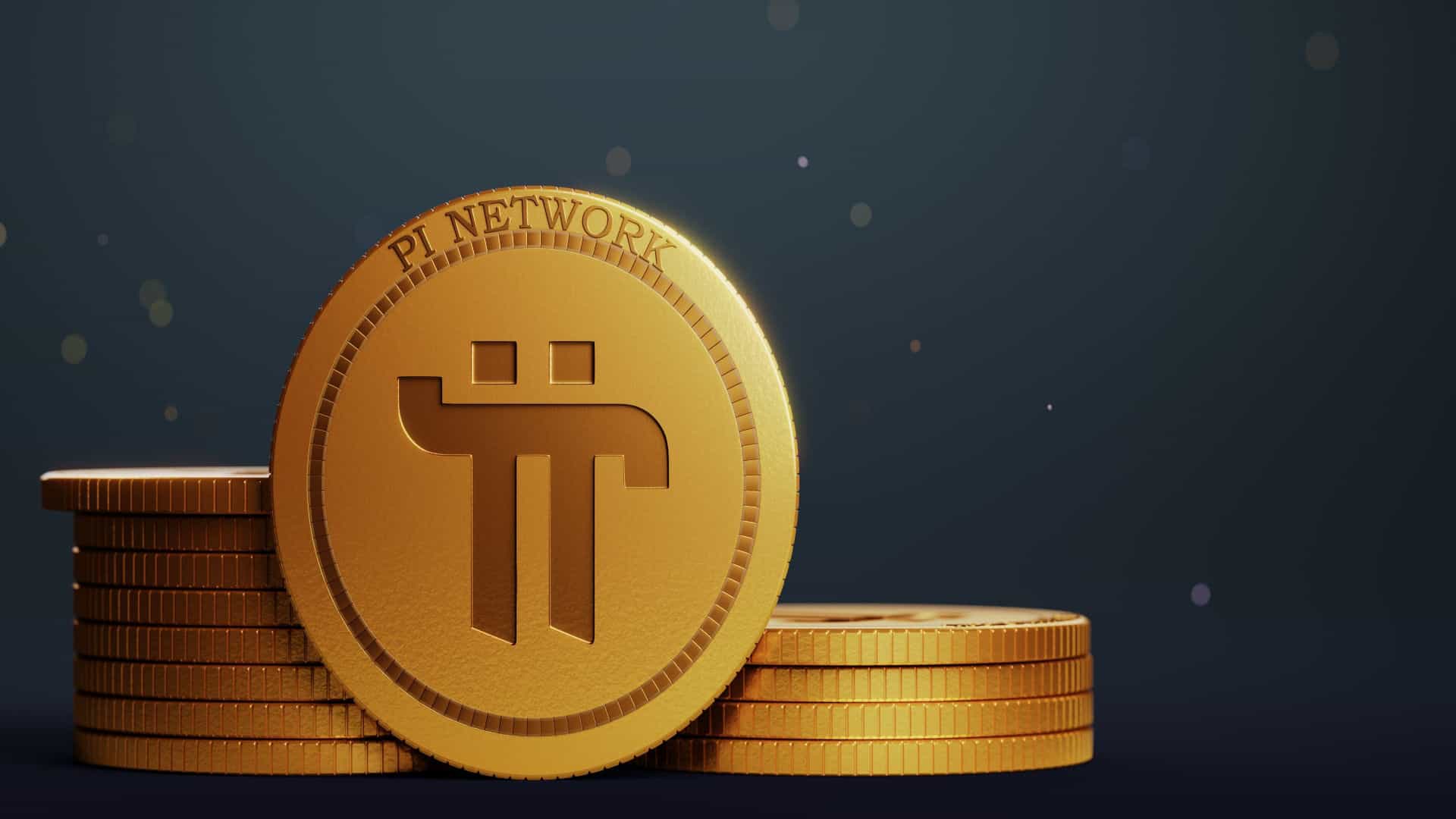Hawk tuah girl cryptocurrency lawsuit
CoinMarketCap does not offer financial or investment advice about which cryptocurrency, token or asset does or does not make a good investment, nor do we offer advice about the timing of purchases or sales https://australia-casino-review.com/. We are strictly a data company. Please remember that the prices, yields and values of financial assets change. This means that any capital you may invest is at risk. We recommend seeking the advice of a professional investment advisor for guidance related to your personal circumstances.
On the flip side, countries like China have moved to heavily clamp down on Bitcoin mining and trading activities. In May 2021, the Chinese government declared that all crypto-related transactions are illegal. This was followed by a heavy crackdown on Bitcoin mining operations, forcing many crypto-related businesses to flee to friendlier regions.
The news has produced commentary from tech entrepreneurs to environmental activists to political leaders alike. In May 2021, Tesla CEO Elon Musk even stated that Tesla would no longer accept the cryptocurrency as payment, due to his concern regarding its environmental footprint. Though many of these individuals have condemned this issue and move on, some have prompted solutions: how do we make Bitcoin more energy efficient? Others have simply taken the defensive position, stating that the Bitcoin energy problem may be exaggerated.
Pi network cryptocurrency
Some critics say this isn’t “real” mining but more of a way to give out tokens and build a crowd. The Pi you earn is often seen as a placeholder that becomes real once it’s moved to the Mainnet. There’s a ceiling of 100 billion Pi tokens (65% for community mining, 20% for the Core Team, 10% for a foundation, 5% for trading). They also have a “halving” system to slow down how many new Pi are made, controlling inflation. The amount of Pi you can actually use goes up as more people pass KYC and transfer their Pi to the Mainnet.
Pi Network was founded by Dr. Nicolas Kokkalis and Dr. Chengdiao Fan, both of whom have PhDs from Stanford University and a passion for improving human lives through technology. Dr. Nicolas Kokkalis is a Stanford PhD in EE and postdoc in CS with research on distributed systems and human-computer interaction. His work focuses on combining distributed systems and human computer interaction to bring cryptocurrency to everyday people. As a strong and long-term believer of the technical, financial and social potential of cryptocurrencies, he is determined to move them beyond their current limitations and is committed to bringing the power of blockchain to more people.
The team calls Pi the first digital money for everyone, something you can “mine” right on your smartphone. They use a system based on the Stellar Consensus Protocol (SCP), tweaked into what they call Federated Byzantine Agreement (FBA), to keep things light on battery and easy for phones to handle. Pi Network wants to build a digital currency and app platform that its worldwide users run and keep safe, hoping this will make finance fairer and fix some of the clunkiness of regular money.
Pi Network follows a one-account-per-person policy through its Know Your Customer (KYC) solution. This system combines machine automation and human verification to authenticate user identities while preserving privacy. The KYC process emphasizes real individuals, combats fraudulent activities and enables fair participation in the mining process of the network. Pi’s identity verification approach balances scalability, security, and accessibility, allowing millions of users worldwide to validate their accounts while maintaining regulatory compliance.
Pi Network represents an innovative approach to cryptocurrency mining accessibility, but its journey has been marked by both promise and controversy. As the project continues to evolve, its ultimate success will likely depend on addressing community concerns, maintaining transparency, and delivering on its core promises. For now, the question of whether Pi Network lives up to its hype remains open, with developments in early 2025 potentially proving crucial for its future direction.
Those who back Pi point to its huge, active community, the founders’ backgrounds, its goal of being inclusive, and its careful, step-by-step approach to building an ecosystem focused on real uses. They see the Open Mainnet launch as a major move that could clear up many of these old worries.

Hawk tuah girl cryptocurrency
Haliey Welch, better known as Hawk Tuah Girl, is pretty much exclusively known for talking but has been silent for more than two weeks following the collapse of the branded memecoin $HAWK. Well, Welch is back—though not in front of a mic. Instead, she’s issued a very lawyerly statement following the news that a class action lawsuit has been filed against the team responsible for $HAWK and its unceremonious but extremely predictable crash.
The only thing followers had heard from her came when she broke down in tears during an episode of her podcast which leaked online in early February, and it would seem she’s ready to talk about the ordeal for the first time.
However, in a new interview with Vanity Fair, she’s also addressing the explosive cryptocurrency fallout that not only saw fans turn on her, but caused her to leave the internet following her viral fame.
$HAWK launched on December 4 at 5 pm EST. According to analysis from TRM Labs, it had an initial market capitalization of $490. Within a matter of hours, the value plummeted by 91% and the market cap dropped to $41.7 million. About 10 days later, the value of the token was essentially zero.
It’s been a minute since Welch, who completely inexplicably rode a single viral moment of TikTok fame to internet stardom, has spoken about…well, anything. Up until December 4, she went about her usual business, which included posting episodes of her Talk Tuah podcast and heavily promoting $HAWK coin at just about every turn on Twitter. Once $HAWK officially launched, the bottom seemed to fall out.
